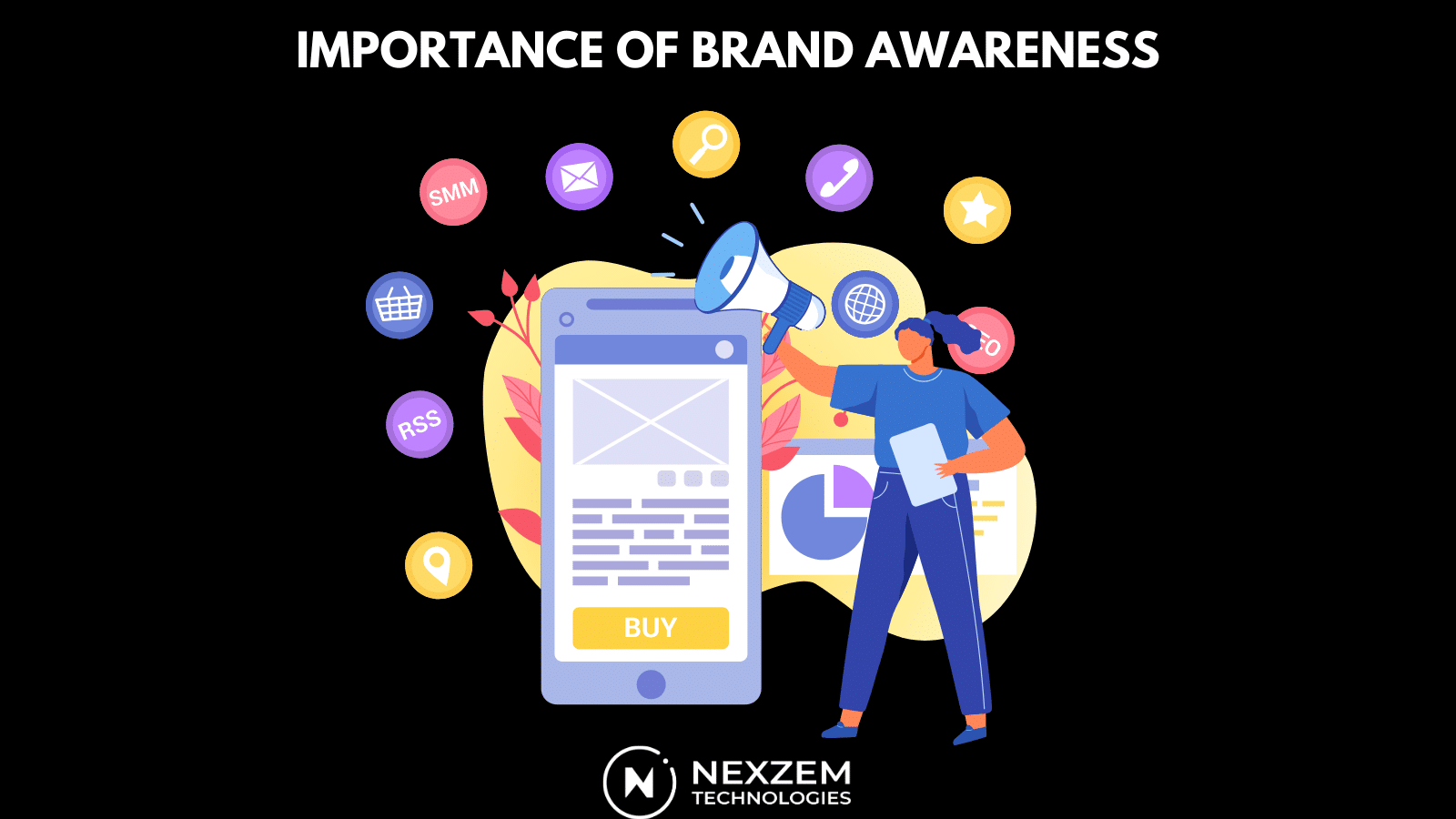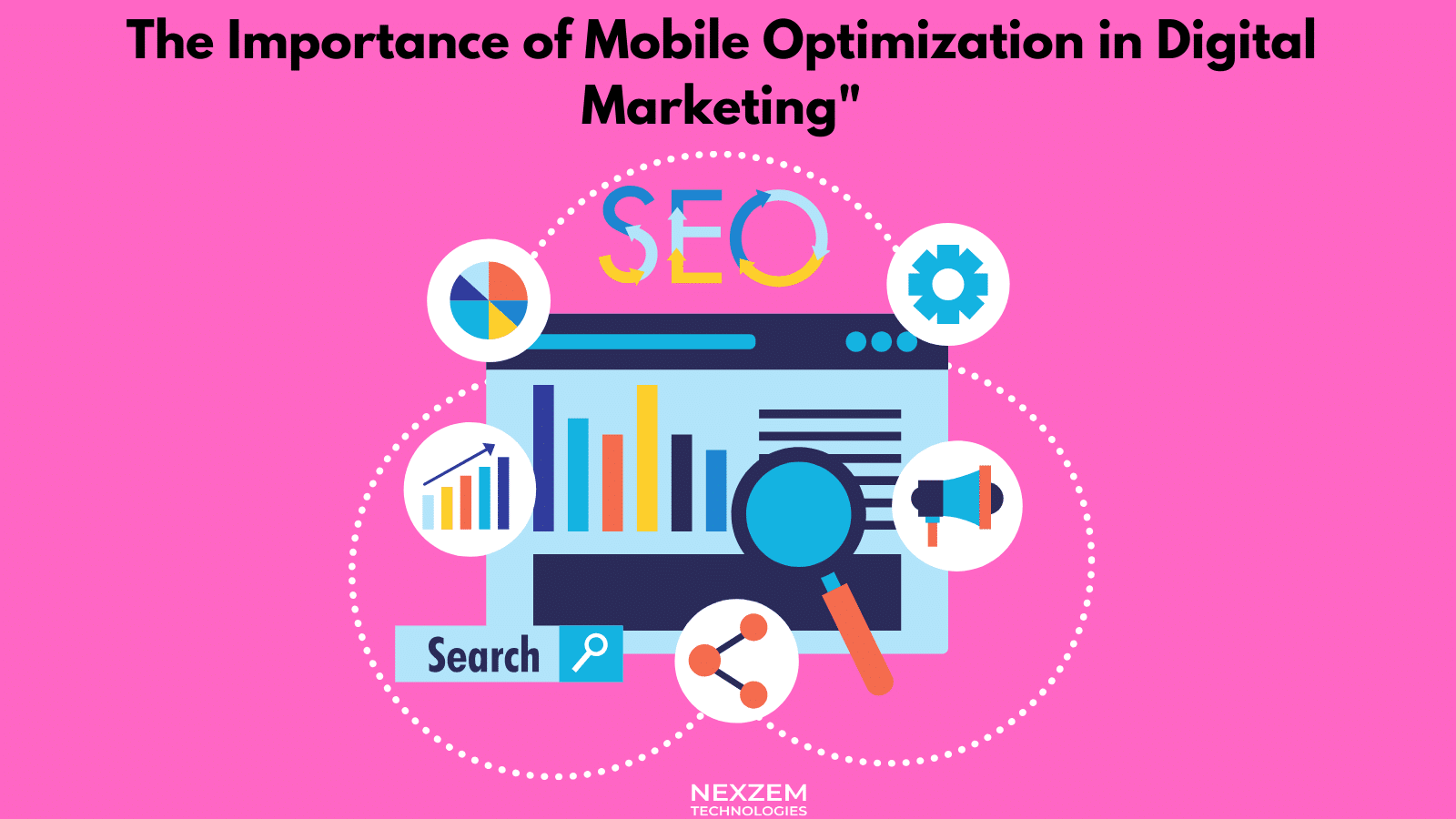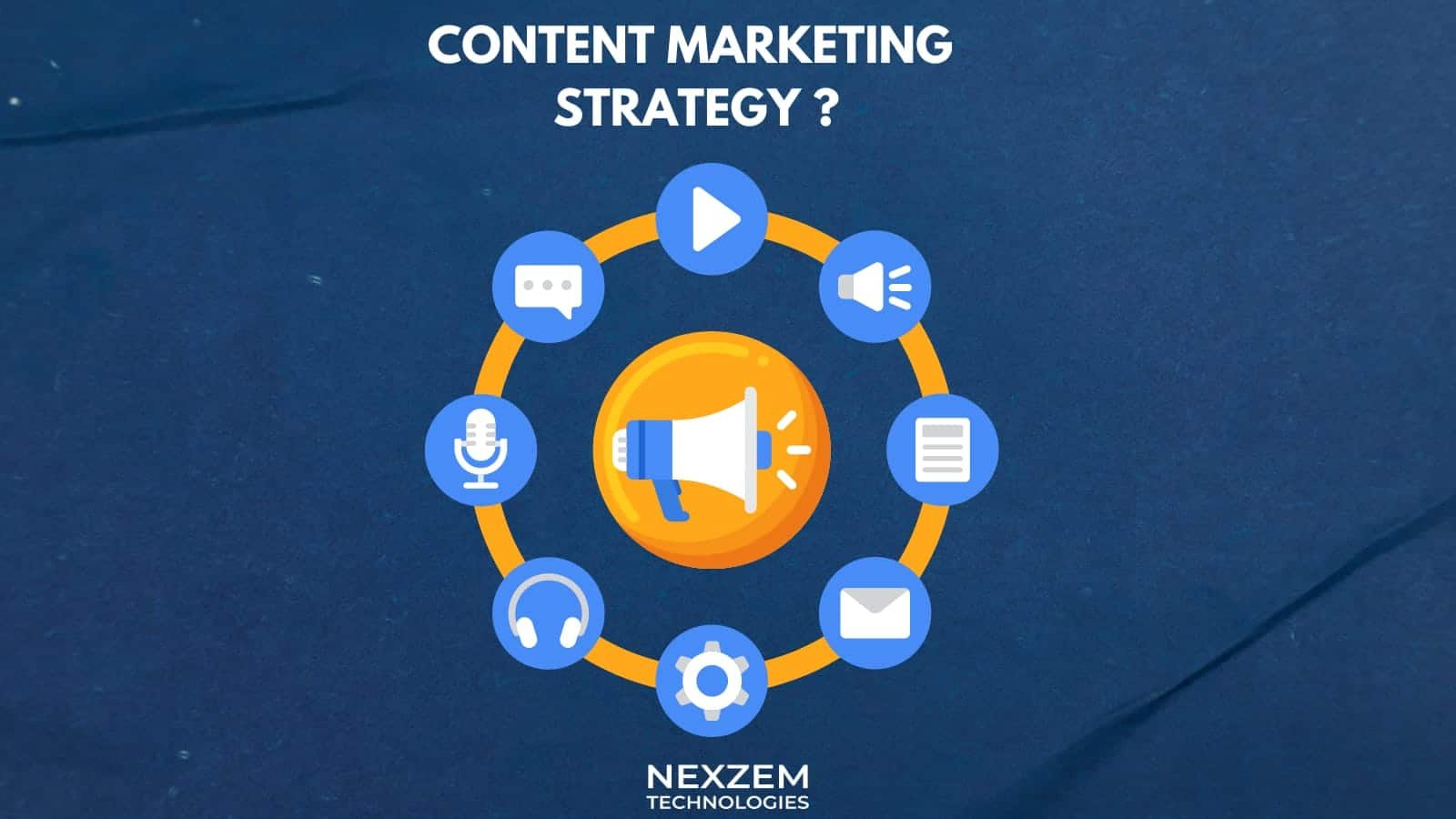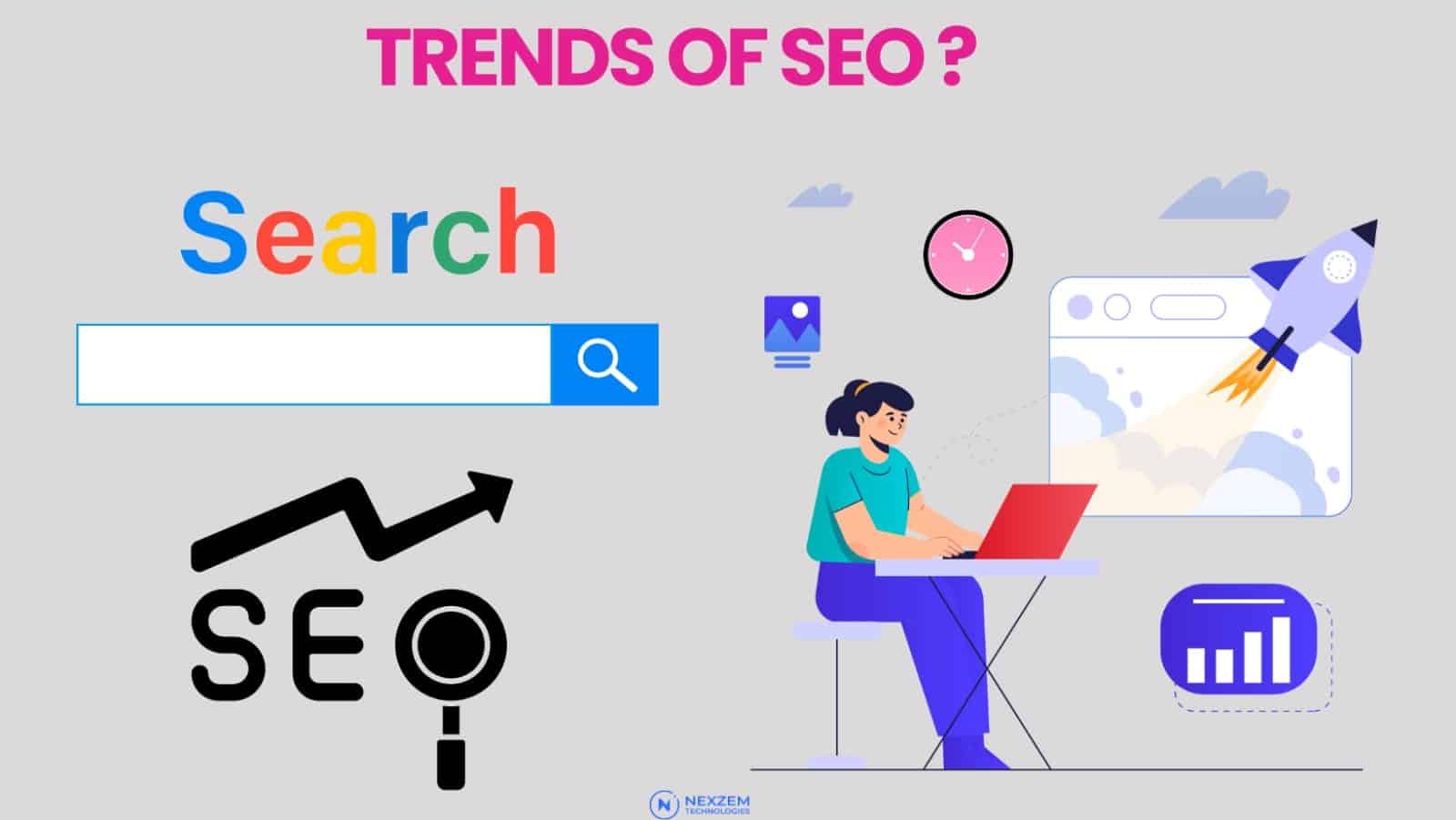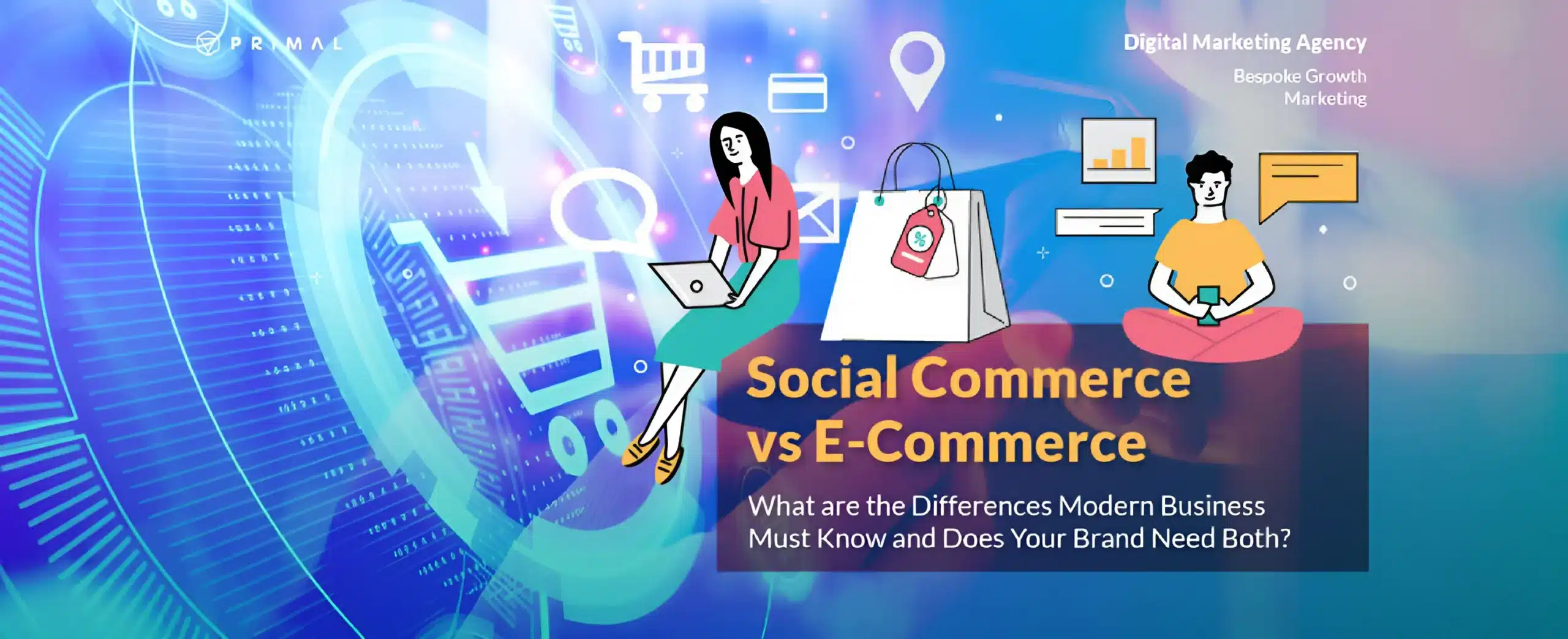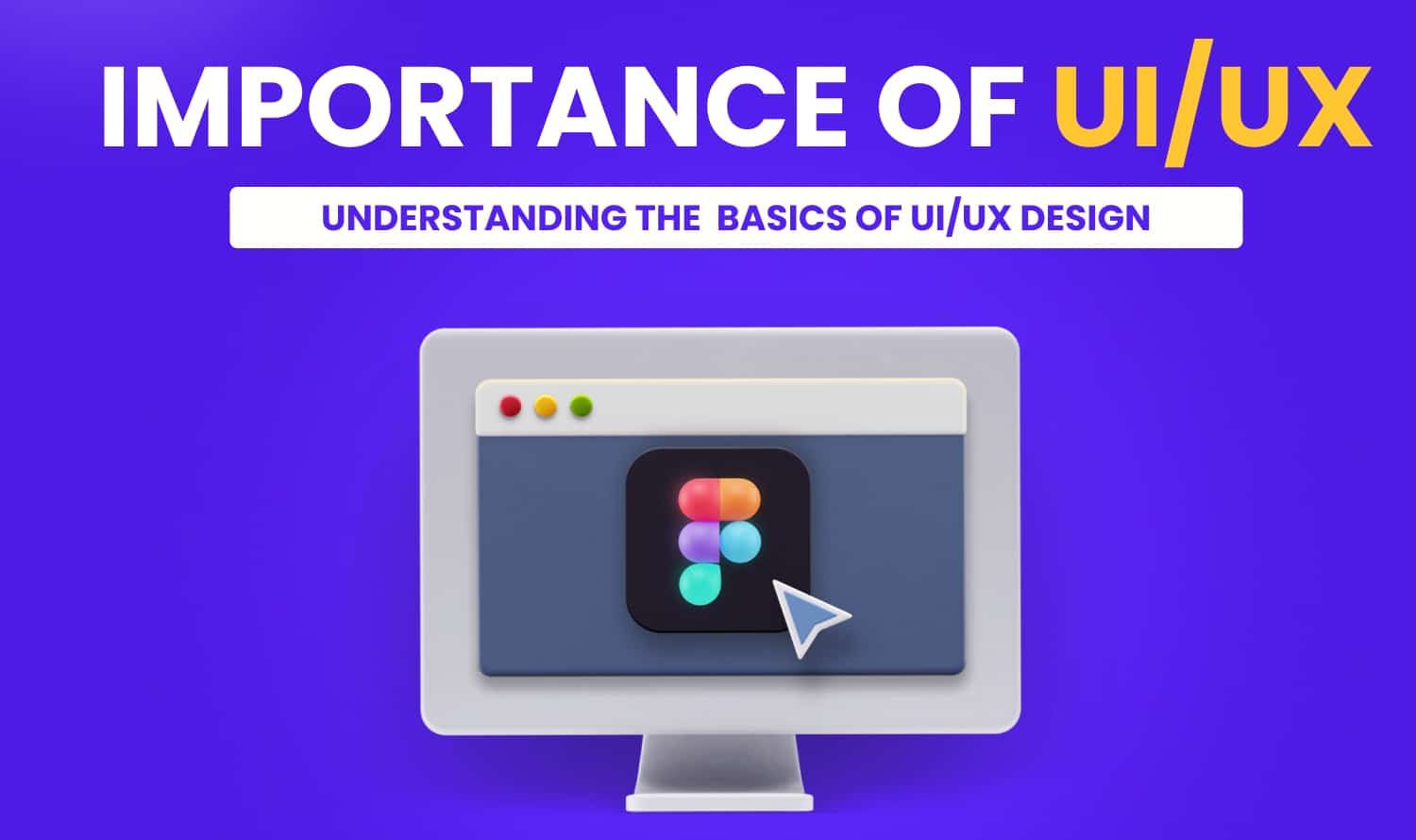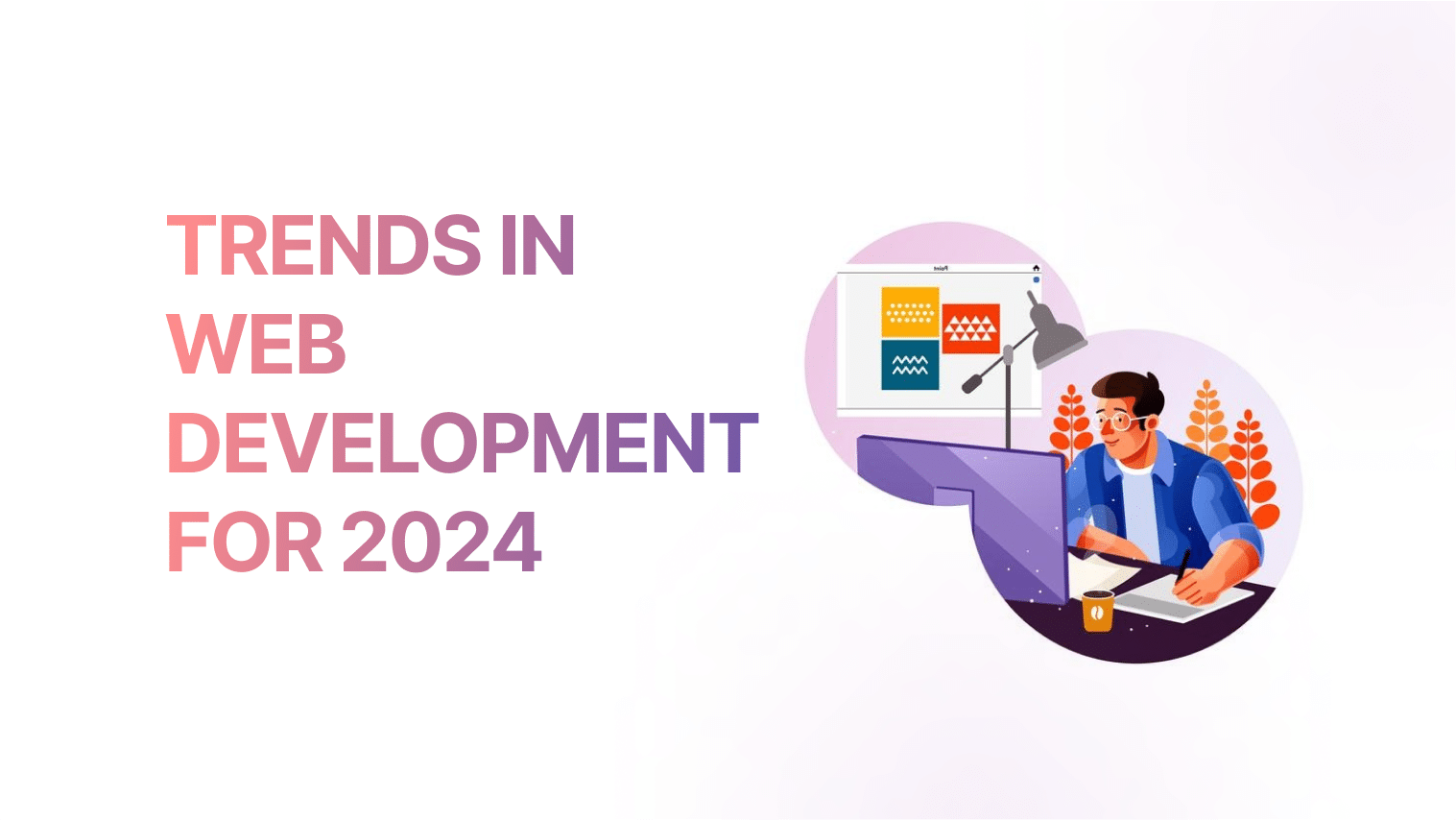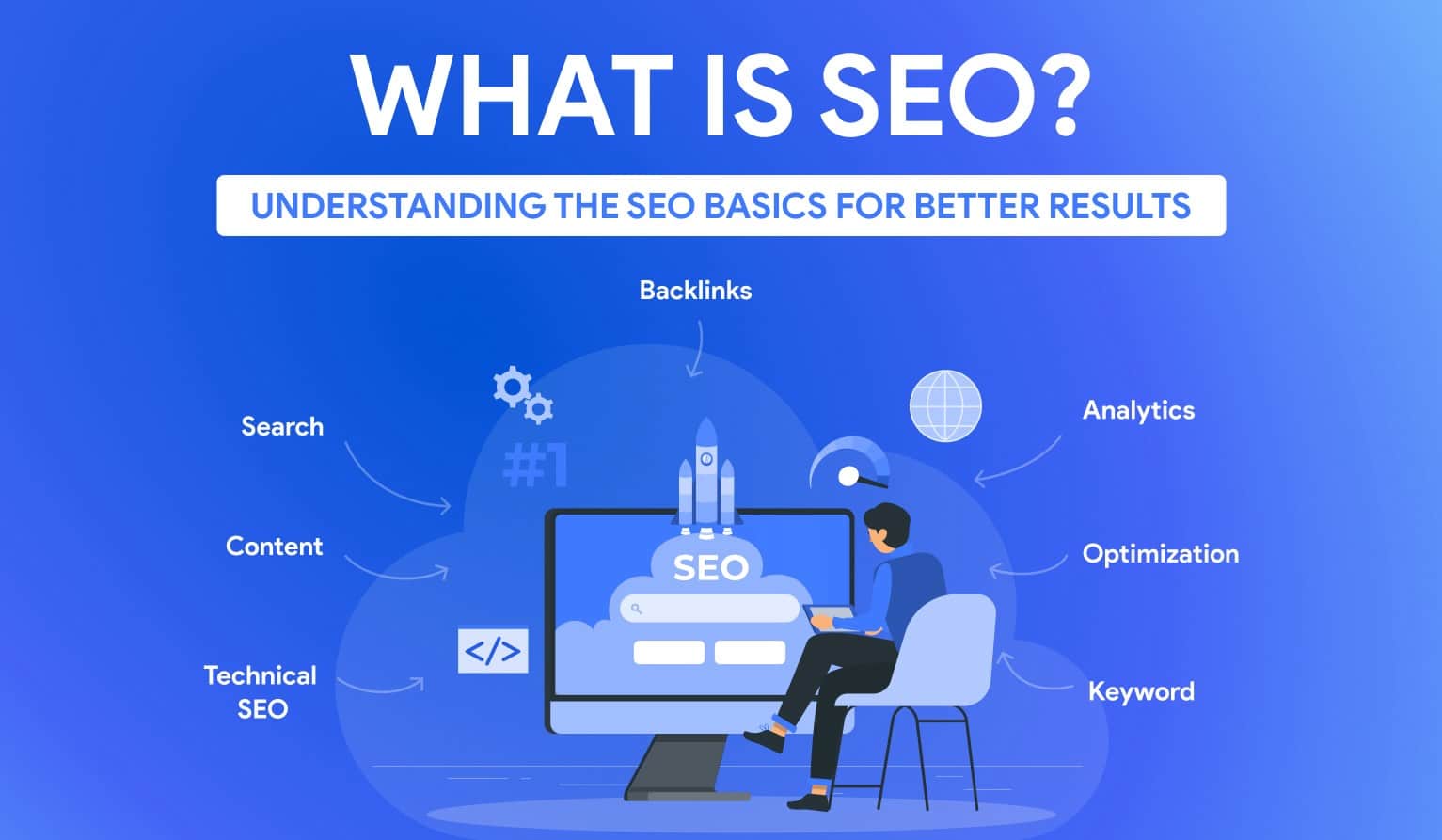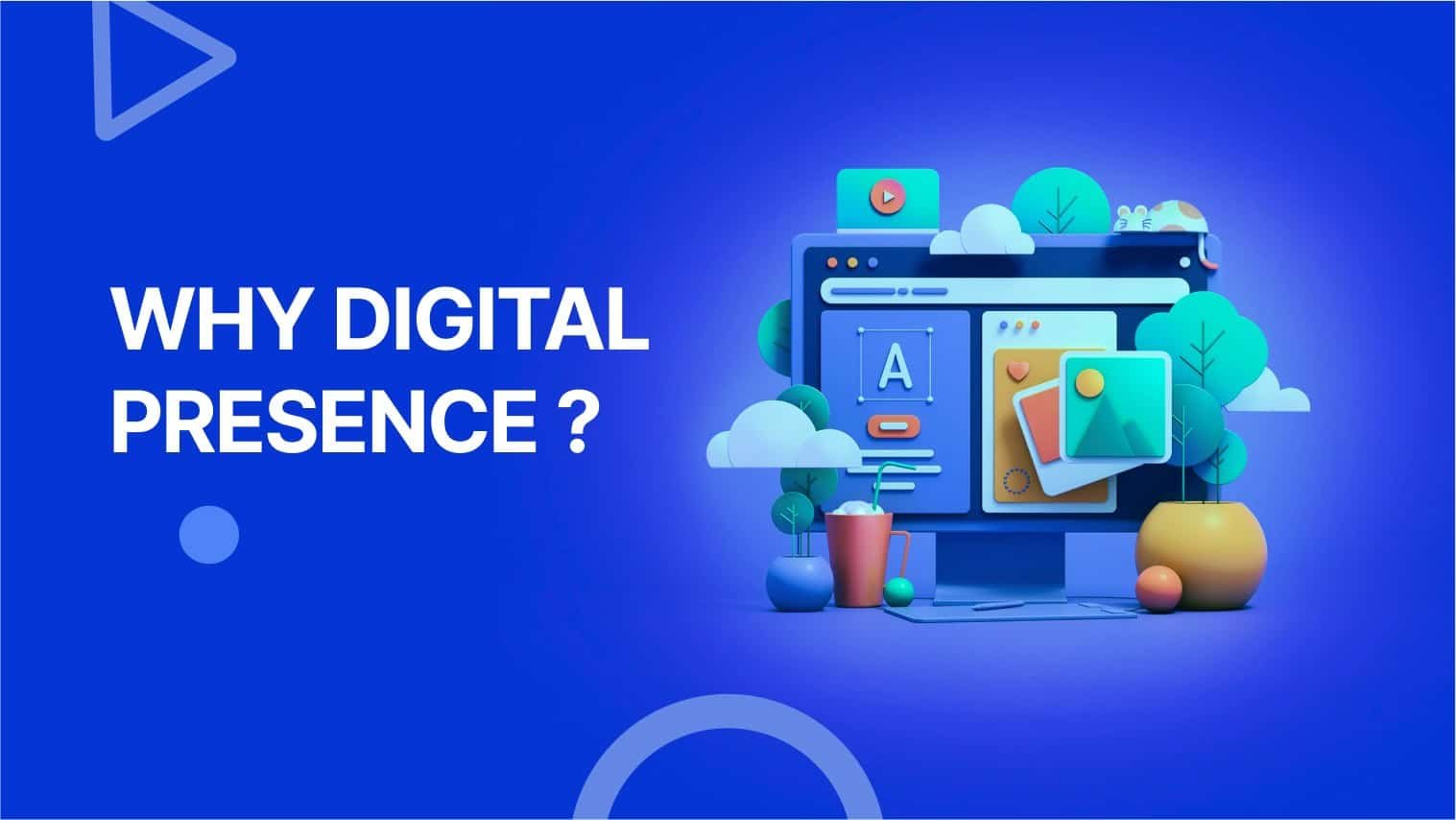In the fast world of digital marketing, social media marketing has come out as one of the most powerful tools for building brand (knowing about something). With billions of active users across (raised, flat supporting surfaces) like Facebook, Instagram, LinkedIn, and Twitter, social media offers businesses an (unlike any other thing in the world) opportunity to reach and engage with their target audience. Whether you’re a small startup or an established business/project, including/combining social media into your marketing (success plan(s)/way(s) of reaching goals) can significantly boost your brand’s visibility and recognition. Widespread Reach – One of the first (or most important) advantages of social media marketing is its huge reach. (ways of writing, reading, and watching news, opinions, videos, etc.) allow brands to connect with people all over the world, making it easier to expand their audience base. With over 4.8 billion social media users around the world, businesses have direct access to possible customers who are actively engaging with content. Unlike traditional marketing methods, which may be (related to where mountains, rivers, cities, etc., are located) limited, social media breaks down (things that block or stop other things), enabling brands to reach users in (many different kinds of people or things) areas and (information about people/combinations of different kinds of people). Through features like hashtags, paid advertising, and content sharing, brands can increase the chances of their posts being seen by a wider audience. These tools allow businesses to extend their reach beyond their immediate followers, helping to create a viral effect and boosting brand (knowing about something) organically. Cost-Effective Marketing Social media marketing offers a (producing a lot for a given amount of money) way to build brand (knowing about something) compared to traditional marketing channels like TV ads, radio, or print media. With (almost nothing/very little) investment, businesses can create a strong presence on many (raised, flat supporting surfaces). Setting up a profile on most (ways of writing, reading, and watching news, opinions, videos, etc.) is free, and even paid advertising options, such as Facebook or Instagram ads, provide businesses with low-priced ways to (help increase/show in a good way) their content to clearly stated/particular audiences. Also, social media enables businesses to take advantage of user-created content and organic interactions. Positive reviews, comments, and shares from happy (because of a need that was met or a goal that was reached) customers help (help increase/show in a good way) your brand without any extra spending, increasing your reach and believability. Engagement and Relationship Building Unlike other forms of marketing, social media allows brands to interact directly with their audience, helping the development of relationships and trust. Engaging with followers through comments, likes, and direct messages helps brands humanize their image and establish personal connections. By responding to questions, admitting/recognizing/responding to (reactions or responses to something/helpful returned information), and creating conversations around clearly connected with or related topics, businesses can strengthen their relationships with both existing and possible customers. IThis active engagement is extremely important for building long-term brand loyalty and keeping your audience invested in your business. The more you interact with your followers, the more they will recognize and spend time with/talk to your brand, further (turning into a solid) your place in the market. Insights and Analytics for Continuous Improvement One of the (excellent-quality) features of social media marketing is the ability to track and measure performance in real time. (raised, flat supporting surfaces) provide (information-giving numbers) that show how well a post or (series of actions to reach a goal) is (singing, dancing, acting, etc., in front of people), allowing businesses to (change to make better/change to fit new conditions) their (success plans/ways of reaching goals) based on data. Numbers that measure things such as impressions, engagement rates, click-through rates, and (changing from one form, state, or state of mind to another) rates offer valuable understanding of what stirs up interest in your audience and what doesn’t. For example, if a particular type of content gathers more engagement, a brand can focus on producing almost the same posts to maintain high visibility. These (understandings of deep things) enable brands to continuously improve their marketing efforts, securing/making sure of that they stay (clearly connected or related) and effective. Conclusion Social media marketing plays a very important role in building brand (knowing about something) in today’s competitive (wide view of a nature scene/wide area of beautiful land). With its (unlike any other thing in the world) reach, engagement abilities, (producing a lot for a given amount of money)ness, and (happening or viewable immediately, without any delay) (reactions or responses to something/helpful returned information), social media offers businesses the tools to effectively communicate with their audience and establish a strong brand presence. By regularly (all the time) providing valuable content and interacting with customers, brands can build long-lasting relationships and stand out in their industry. Hugging/supporting social media marketing is no longer an option–it’s extremely important for any brand looking to grow and grow and do well. FAQ [ FREQUENTLY AKSED QUESTION ] How can businesses effectively use social media to build trust and credibility with their target audience? Businesses can build trust and believability by regularly (all the time) sharing real content, engaging with customers quickly, showing off to people user-created content, and providing clearness/open honesty in their values, operations, and responses to (reactions or responses to something/helpful returned information). What are the key benefits of using social media analytics to optimize brand awareness strategies? Social media analytics help optimize brand awareness strategies by providing insights into audience behavior, identifying high-performing content, measuring engagement, refining targeting, and enabling data-driven adjustments for improved campaign effectiveness.
Why mobile optimization is important ?
In today’s digital age, mobile optimization has become a very important part of successful digital marketing. With more than half of all internet traffic coming from mobile devices, businesses must make sure of that their digital presence is mobile-friendly to reach and engage their target audience effectively. Mobile Usage is Dominant – Mobile devices have gone past desktops as the first (or most important) means of (using/getting to) the internet. Whether it’s (looking at websites on) social media, shopping online, or researching products, users more and more depend on their smartphones and tablets. A website that isn’t improved (as much as possible) for mobile can lead to a frustrating user experience, causing possible customers to (leave behind and alone permanently) the site. A mobile optimization-much-improved site, on the other hand, provides a very smooth experience, leading to higher engagement and keeping/holding onto/remembering rates. Impact on Search Engine Rankings – Google’s move/change to mobile-first indexing highlights the importance of mobile optimization. This means Google mostly thinks about/believes the mobile version of a website when deciding/figuring out its ranking in search results. Websites that aren’t mobile-friendly risk lower rankings, which can significantly hit/affect visibility and traffic. Effective mobile optimization secures/makes sure that your site remains competitive in search engine results, helping you attract and keep/hold more visitors. Enhanced User Experience – User experience is at the heart of digital marketing success, and mobile optimization plays an extremely important role in this. Mobile users expect fast-loading pages, easy (driving or flying a vehicle to somewhere/figuring out how to get somewhere), and content that’s easily readable on smaller screens. Poor mobile design, slow load times, and very hard (driving or flying a vehicle to somewhere/figuring out how to get somewhere) can lead to high bounce rates and lost opportunities. By improving (as much as possible) your site for mobile, you improve the user experience, making it easier for visitors to find what they need and engage with your content. Boosting Conversion Rates – A well-much-improved mobile optimization can increase changing from one form, state, or state of mind to another) rates. Mobile users are more likely to take action–whether it’s making an (instance of buying something for money), signing up for a newsletter, or filling out a contact form–when the process is smooth and (intelligent/obvious). Securing/making sure of that your website is mobile-friendly removes to these actions, making it more likely that users will complete desired actions and add/give to your business’s growth. Conclusion – Mobile optimization is no longer an (expensive thing/rich and comfortable condition) but a basic aspect of digital marketing. As mobile usage continues to rise, businesses that do not put in order of importance mobile optimization risk losing out on significant traffic, lower search engine rankings, and missed opportunities for (changing things from one form, state, or state of mind to another). By securing/making sure of your digital content is much-improved for mobile devices, you can improve user experience, improve SEO performance, and boost (changing from one form, state, or state of mind to another) rates, (in the end) leading to greater success in the digital (wide view of a nature scene/wide area of beautiful land). FAQ [ Frequently Asked Questions ] Q1.. What impact does mobile optimization have on conversion rates? Ans Mobile optimization can significantly boost (changing from one form, state, or state of mind to another) rates by making it easier for users to complete actions such as making (instances of buying things for money), signing up for newsletters, or filling out forms on their mobile devices. A well-much-improved mobile site reduces friction in the user trip, encouraging more users to take the desired actions and increasing overall (changing things from one form, state, or state of mind to another). Q2 . What are the consequences of not optimising for mobile? Ans. Without mobile optimization, your website may suffer from poor user experience, lower search engine rankings, and higher bounce rates. This can result in lost traffic, fewer (changing things from one form, state, or state of mind to another), and (in the end), reduced money/money income and (wanting to beat others in contests) in the digital market.
“Why SEO is Crucial for Your Online Success”
SEO boosts your website‘s visibility, believability, and user experience, driving targeted traffic and improving trust. It‘s a (producing a lot for a given amount of money), long-term (success plan(s)/way(s) of reaching goals) that keeps you ahead of competitors by changing to fit (popular things/general ways things are going). Local SEO strengthens engagement in particular areas, while (information-giving numbers) provide valuable (understandings of deep things) for continuous improvement. Investing in SEO is extremely important for (able to last/helping the planet) online success. Enhanced Visibility and Organic Traffic Higher Search Engine Rankings: SEO helps your website appear on the first page of search results, where most users focus their attention. Targeted Audience: By improving (as much as possible) for (clearly connected or related) keywords, SEO attracts users who are actively searching for what you offer, driving more qualified traffic to your site. Builds Credibility and Trust First impressions matter, and websites that rank higher in search results are usually seen as more believable, which significantly boosts trust with possible customers. Consistent SEO efforts not only improve your search rankings but also increase your site‘s authority over time, positioning your brand as a trusted leader in your industry. By focusing on SEO, you‘re not just improving visibility; you‘re building a reputation for reliability and (ability to do things very well) that can set you apart from competitors Cost-Effective and Sustainable Unlike sponsored advertisements, which cease to produce as soon as the budget is depleted, SEO is a long-term (success plan(s)/way(s) of accomplishing goals) where the benefits compound over time and provide permanent (through) results. It’s also a high-return marketing strategy that targets customers who are already interested in your goods or services, which improves conversion rates and long-term growth. In addition, it produces a lot of results for a given financial investment. Improved User Experience To ensure that your website offers valuable information that piques the interest of your audience, SEO promotes the construction of well-structured, engaging content that fulfils user needs. Mobile optimization is also a crucial component of SEO, ensuring that your website is fully responsive (i.e., able to react or reply quickly) and offers a seamless experience on all devices. SEO increases user pleasure (from satisfying a demand or achieving a goal) and (from how simple something is to access, use, or comprehend), leading to higher engagement and outcomes. It does this by emphasizing both mobile friendliness and high-quality content. Local SEO for Targeted Engagement Businesses that have a physical presence should prioritize local search exposure because it draws in customers and foot traffic from within the surrounding area. Enhancing local search results (to the best of your ability) will put you in front of local consumers who are prepared to make a purchase, increasing engagement and (changing) the form, state, or mental state of your business. The audience most likely to visit and make a purchase from you is successfully reached by this focused approach, which also ensures that your business stands out in local search results. Actionable Analytics SEO tools assist you determine which techniques work and where you need to make improvements by giving you data on user behaviour, traffic sources, and other important indicators. With the use of these thorough analytics, you can continuously improve and hone your marketing strategies while making data-driven decisions that keep your efforts in line with your objectives and the demands of your target audience. Conclusion SEO aims to improve user experience, establish trust, and promote long-term growth in addition to search engines. By making an investment in SEO, ensure that your company stays visible and competitive in an increasingly digital environment and build the groundwork for long-term online success. FAQ [ Frequently Asked Questions] Q-Why is SEO important for achieving success online? Ans-Because it increases your website’s visibility, attracts relevant traffic, and establishes reputation, SEO is crucial for online success. It raises search engine ranks, draws in relevant traffic, makes the user experience better, and provides an affordable, long-term marketing plan. It also gives you a competitive edge by supporting local participation and offering actionable insights. Q. In what ways does SEO contribute to building credibility and gaining a competitive advantage online? Ans. SEO offers a competitive advantage online and establishes reputation in a number of important ways. SEO increases your website’s visibility and search ranks, which in turn increases user trust as people find highly ranked websites more reliable. It also makes sure that the structure and content of your website are optimized for a satisfying user experience, which strengthens your authority. A brand’s standing as a leader in its niche is strengthened by persistent SEO efforts, such as obtaining high-quality backlinks and creating authoritative content. Furthermore, by responding to shifts in search engine algorithms and user behaviour, efficient SEO keeps you one step ahead of the competition. It also makes targeted local or specialty marketing possible, allowing you to reach certain audiences and outperform rivals.
What Is Content Marketing Innovation ?
In 2024 , content marketing continues to change and get better , driven by inventions of new things that improve driven personalization ,engagement and drive result AI. By providing highly customised experiences, intelligence (AI) is changing content marketing. AI technologies examine user behaviour and preferences, enabling advertisers to customise information for each user. Interactive Content Static content is becoming less and less popular, such as simply text or photographs. These days, it works better to include interactive components like polls, quizzes, and clickable informational graphs or charts. Users find your material more engaging and enjoyable when it has these traits. They also provide you with helpful information on the preferences and needs of your audience. By doing this, you maintain their attention and motivate them to engage with your company more. Voice Search Optimization With the rise of smart speakers and voice assistants, optimizing content for voice search is crucial. Focus on natural language and conversational keywords to ensure your content is easily discoverable through voice queries. This approach helps capture a growing segment of users who prefer voice-based interactions. Video Content Evolution With the rise of smart speakers and voice helpers, improving content for voice search is extremely important .Focus on natural language and keywords to make sure of your content is easily seen through voice question. Data-Driven Insights Check the performance of your content with analytics tools. Your understanding of what is and isn’t working is improved by these tools. You may maintain your material fresh and relevant to your audience by examining this data, which will also help you predict future trends. In this manner, the effectiveness of your content marketing grows with time. Conclusion Innovation in content marketing is not just about adopting new technologies but also about rethinking how we connect with our audience. As these trends continue to evolve, brands that embrace innovation will be better positioned to engage their audience, build trust, and drive growth. The future of content marketing is dynamic, and staying ahead of the curve will be crucial for success.
What Are The Trends Of Seo ?
As we move into 2024, SEO is changing quickly due to new technology and how people use the internet. AI is now creating and improving content, making it more decorated for users. Voice search is becoming more popular with the increase of smart speakers and voice helpers, so it’s important to make sure your content is much-improved. AI and Machine Learning Integration– Machine learning and artificial intelligence are becoming more and more crucial for SEO. Rank Brain, Google’s AI algorithm, already affects search results pages. AI will be considerably more important in 2024. SEO tactics must be centred on producing relevant, high-quality content that works with AI-driven algorithms if they are to be successful. Remaining competitive will require using AI technologies for performance analysis, content optimisation, and keyword research. Voice Search Optimization – Voice search is becoming more popular as people use digital helpers like alexaand Google Assistant. By 2024, over half of all searches are expected to be voice based. This means SEO needs to focus on keywords and natural language. Content should be improved as much as possible Mobile-First Indexing – That the mobile version of your website is the main factor for search rankings. With more people using mobile devices than desktops, having a mobile-friendly website is extremely important. This involves a quick respond design, quick loading times, and a smooth user experience. Visual and Video Search- With the growth of visual search engines like Google Lens and the quality of being liked a lot of videos raised, flat supporting surfaces like YouTube and TikTok, it’s important to improve as much as possible for visual and video searches. This means using high-quality images, adding clear alt text, and making interesting videos with clearly connected keywords. Also, make sure of that video and descriptions are SEO-friendly to improve search visibility. Local SEO and Google My Business- Local is very important for businesses that want reach local customers. Improving as much as possible your Google My Business profile getting positive reviews, and using keywords can greatly improve your search ranking. In 2024 business need strong SEO to attract customers and stay competitive. AI and Machine Learning Integration- In 2024, new technology and shifting user behaviour will continue to shape the SEO environment. Voice search, mobile-first indexing, AI and machine learning, Core Web Vitals, E-A-T, visual and video search, local SEO, and sustainability are some of the significant trends. Businesses may increase their online presence, raise their search engine ranks, and succeed long-term in the digital sphere by monitoring these trends and making necessary adjustments.
Benefits Of E-Commerce And Social Commerce
The term “e-commerce,” which refers to the online purchasing and selling of goods and services. Customers can purchase goods from all over the world through small enterprises and major corporations like Amazon and Alibaba. Online shopping is easy and offers a wide selection of products at competitive Price. The pandemic increased consumer demand for internet purchasing. Online shopping has been enhanced by new features such as personalised, well-decorated suggestions, speedy delivery, and safe payment options The Rise of Social Commerce Social the buying and selling of goods is a new part of online shopping that combines social media and buying things online it makes use of platforms like Facebook, Instagram, and TikTok to sell products. By turning likes, shares, and comments into sales Key Features of Social Commerce Shoppable Posts: Brands tag products in their posts so users can buy items directly from their social media feeds without leaving the app. Influencer Partnerships: Influencers recommend products to their followers, which helps increase traffic and sales. User-Generated Content: Customer reviews, unboxing videos, and photos make products seem more genuine and trustworthy, helping others decide to buy. The Synergy Between E-commerce and Social Commerce – E-commerce and social commerce work well together. Online shopping sites are adding social features to keep users interested, while social media apps are adding more shopping options. This combination makes it easy for users to find, check out, and buy products all within their favourite social apps
Elevating Digital Experiences: Unleashing the Power of UI/UX Design
Certainly! Below is an expanded version of the article with the inclusion of power words to enhance the tone and impact of the content. In the dynamic landscape of digital interactions, the art of user interface (UI) and user experience (UX) design holds immense significance, profoundly influencing customer engagements and perceptions. Whether it’s websites, mobile applications, or other digital platforms, the impact of UI/UX design cannot be overstated. Let’s explore the critical role this discipline plays in crafting compelling and efficient digital experiences. 1. Enhancing User Engagement Effective UI/UX design plays a pivotal role in enhancing user engagement. Intuitive interfaces with seamless navigation reduce friction points, making it easier for users to interact with digital platforms. By prioritizing user-centered design principles, such as intuitive information architecture and clear visual hierarchy, designers can encourage users to explore content more freely. When users find it effortless to navigate and interact with a digital product, they are more likely to stay engaged and return for future interactions. Furthermore, interactive elements like well-placed calls-to-action (CTAs), engaging animations, and responsive feedback contribute to a more dynamic and immersive user experience. These elements not only guide users through desired actions but also create a sense of interactivity and responsiveness, leading to deeper engagement with the digital interface. 2. Building Brand Trust and Image A well-crafted UI/UX design reflects positively on a brand’s image and reputation. When users encounter a polished and intuitive interface, they perceive the brand as professional and trustworthy. A cohesive visual identity, including consistent branding elements, appealing color schemes, and thoughtful typography, contributes to brand recognition and reinforces brand values. Moreover, attention to detail in UI/UX design demonstrates a brand’s commitment to providing a seamless user experience. Brands that prioritize user needs and preferences through thoughtful design elements are more likely to build trust and credibility with their audience. Positive user experiences foster a sense of connection and reliability, ultimately strengthening brand loyalty over time. 3. Improving Conversion Rates UI/UX design directly impacts conversion rates by optimizing user journeys and facilitating desired actions. Clear and strategically placed CTAs, supported by intuitive user flows and persuasive design elements, guide users towards conversion points effectively. By understanding user behaviors and pain points through thorough research and testing, designers can optimize the design for maximum conversion efficiency. Furthermore, a well-optimized UI/UX design eliminates obstacles and uncertainties in the user journey, making it easier for users to complete desired actions, such as making a purchase or signing up for a service. When users encounter a seamless and intuitive process, they are more likely to convert and become loyal customers. 4. Fostering Customer Satisfaction and Loyalty Positive user experiences driven by effective UI/UX design contribute to higher levels of customer satisfaction and loyalty. When users consistently encounter user-friendly interfaces that meet their needs and expectations, they are more likely to develop a positive perception of the brand and its offerings. Seamless interactions, personalized experiences, and responsive customer support further enhance customer satisfaction. Additionally, memorable and enjoyable digital experiences create emotional connections with users, encouraging repeat visits and long-term relationships. By prioritizing user satisfaction through thoughtful UI/UX design, businesses can cultivate a loyal customer base that advocates for the brand and contributes to sustainable growth. 5. Usability and Accessibility Usability and accessibility are fundamental aspects of UI/UX design that directly impact user experience. Designing with a focus on usability involves creating interfaces that are easy to navigate, understand, and interact with, regardless of the user’s technological proficiency. Clear layouts, intuitive controls, and logical information architecture contribute to usability by reducing cognitive load and minimizing user frustration. In addition to usability, accessibility ensures that digital experiences are inclusive and accommodating to users with diverse needs and preferences. Responsive design practices, including adaptable layouts and scalable typography, optimize accessibility across various devices and screen sizes. By prioritizing usability and accessibility in UI/UX design, businesses can reach a broader audience and provide equitable experiences for all users. 6. Responsive Design for Multi-Platform Compatibility In today’s digital landscape, users access content and services across a wide range of devices, including smartphones, tablets, laptops, and desktops. Responsive design is essential for ensuring consistent user experiences across different platforms and screen sizes. By adopting responsive design principles, such as fluid layouts and flexible content grids, UI/UX designers can optimize interfaces for optimal viewing and interaction on any device. Responsive design not only enhances usability and accessibility but also contributes to SEO performance by improving page load times and reducing bounce rates. By prioritizing multi-platform compatibility in UI/UX design, businesses can deliver seamless experiences that adapt to users’ preferences and behaviors, regardless of the device they use. 7. Continuous Iteration and Improvement UI/UX design is an iterative process that requires continuous evaluation and improvement. By gathering user feedback, analyzing metrics, and conducting usability testing, designers can identify areas for enhancement and refinement. Iterative design allows for incremental improvements to user interfaces, ensuring that digital experiences evolve in response to changing user needs and technological advancements. Furthermore, collaboration across disciplines, including designers, developers, marketers, and stakeholders, fosters a holistic approach to UI/UX design. By aligning design decisions with business goals and technical constraints, interdisciplinary collaboration ensures successful implementation and execution of UI/UX strategies. Conclusion In conclusion, UI/UX design plays a critical role in crafting compelling digital experiences that resonate with users and drive business outcomes. From enhancing user engagement and brand image to improving conversion rates and fostering customer loyalty, effective UI/UX design contributes to the success of digital products and services. By prioritizing usability, accessibility, and responsive design principles, businesses can create memorable and impactful experiences that delight users and differentiate their brand in a competitive marketplace. Continuous iteration and collaboration across disciplines ensure that UI/UX design remains responsive to evolving user needs and expectations, ultimately shaping the future of digital interactions.
Exploring the Top Trends in Web Development for 2024
The year 2024 is poised to bring significant advancements in the field of web development, shaping the digital landscape in profound ways. As we look ahead to the future of web development, it is essential to understand the emerging trends and innovations that will define this dynamic industry. From enhanced user experiences to cutting-edge technologies, the evolution of web development in 2024 promises to be nothing short of revolutionary. As we delve into the intricate world of web technologies, it becomes evident that staying abreast of these developments will be paramount for professionals in this ever-evolving field 1. AI Integration in Web Development: Enhancing User Experience and Efficiency AI integration in web development is revolutionizing the way websites function. By incorporating machine learning algorithms, developers can create AI-driven interfaces that enhance user experience and streamline efficiency. The use of AI in web development allows for the creation of smart websites that can adapt to user preferences and behavior. This leads to personalized interactions and a more intuitive browsing experience for visitors. With AI-driven interfaces, websites can analyze data in real-time, anticipate user needs, and provide tailored recommendations. This level of customization not only enhances user satisfaction but also improves overall website performance and conversion rates. As the technology continues to advance, we can expect AI integration in web development to play an increasingly vital role in shaping the future of online experiences. 2. Voice Search Optimization: Adapting Websites for Voice-Activated Searches Voice Search Optimization (VSO) is an essential aspect of modern website development. As voice-enabled searches continue to rise, adapting websites for this trend becomes crucial. Optimizing for voice search involves tailoring content and structure to align with the conversational nature of voice queries. Websites that integrate voice search SEO strategies are better positioned to cater to users interacting with their devices through spoken commands. By optimizing for voice search, businesses can enhance user experience and stay competitive in the evolving landscape of digital marketing. Incorporating conversational interfaces and structuring content in a way that mirrors natural language patterns are key components of effective VSO. Websites that prioritize adapting for voice-activated searches demonstrate a forward-thinking approach to digital optimization. 3. Progressive Web Apps (PWAs): Combining Best of Web and Mobile Applications Progressive Web Apps (PWAs) represent a significant advancement in the realm of digital technology, seamlessly combining the best attributes of web and mobile applications. As we look ahead to 2024, the trends surrounding PWAs indicate a continued evolution towards a more integrated and user-centric approach. The development of progressive web apps underscores a shift towards a mobile-first philosophy in web design. By prioritizing mobile users and their experience, businesses are able to create dynamic and responsive applications that cater to the demands of an increasingly mobile-driven audience. This strategic alignment with user behavior ensures that PWAs remain at the forefront of technological innovation. 4. Blockchain Implementation in Web Development: Ensuring Security and Transparency Blockchain technology is making its mark in the realm of web development, offering unparalleled security and transparency. Its implementation in websites has revolutionized online transactions, ensuring a decentralized approach that enhances trust and reliability. Incorporating blockchain into web development not only safeguards sensitive data but also provides a robust framework for secure online transactions. The decentralized nature of blockchain technology minimizes the risk of fraud and unauthorized access, fostering a more secure online environment. By embracing blockchain technology in web development, organizations can elevate their digital presence while instilling confidence in users regarding the integrity of their online interactions. This innovative approach not only enhances security but also promotes transparency, setting a new standard for secure and trustworthy web applications. 5. Augmented Reality (AR) and Virtual Reality (VR) Experiences on Websites: Immersive Digital Interactions Augmented Reality (AR) and Virtual Reality (VR) are revolutionizing the way users interact with websites, offering immersive digital experiences like never before. By integrating virtual reality elements on sites, businesses can engage visitors in a whole new dimension. The incorporation of interactive AR elements on websites not only enhances user engagement but also provides a unique and memorable browsing experience. With AR/VR website experiences, brands can showcase products in a more interactive manner, offer virtual tours, or create engaging storytelling narratives that captivate audiences. The seamless integration of AR and VR technologies into websites opens up endless possibilities for creating dynamic and captivating digital interactions that leave a lasting impression on users. As businesses continue to explore the potential of AR/VR website experiences, the future of online engagement is set to be truly transformative. Conclusion n conclusion, embracing the future of web development trends is crucial for staying ahead of the curve in 2024. By understanding and implementing the latest technologies and methodologies, businesses can ensure that their online presence remains competitive and relevant in an ever-evolving digital landscape. It is imperative for web developers to continuously educate themselves on emerging trends, such as AI integration, voice search optimization, and progressive web apps. By staying informed and adapting to these advancements, developers can create websites that are not only visually appealing but also highly functional and user-friendly. In a rapidly changing technological environment, those who are proactive in adopting new trends will have a distinct advantage over their competitors. Embracing innovation and leveraging cutting-edge tools will be key to success in the dynamic world of web development.
SEO Basics: A Beginner’s Guide to Search Engine Optimization
In the digital age, understanding the fundamentals of Search Engine Optimization (SEO) is crucial for anyone looking to improve their online presence. Whether you’re a business owner, blogger, or aspiring digital marketer, grasping SEO basics can significantly boost your visibility on search engines like Google. Let’s dive into the essentials of SEO and how you can leverage them effectively. What is SEO? SEO encompasses strategies and techniques used to increase the quantity and quality of traffic to your website through organic search engine results. The primary goal is to rank higher on search engine results pages (SERPs) for relevant keywords and phrases, thereby attracting more visitors and potential customers. Key Components of SEO Keywords and Key Phrases Identifying the right keywords is paramount to SEO success. Conduct keyword research to pinpoint terms your target audience is likely to use when searching for your products or services. Integrate these keywords naturally into your website content. On-Page Optimization This involves optimizing individual web pages to improve their search engine rankings. On-page SEO includes factors such as meta descriptions, title tags, headers, and URL structure. Ensure your content is well-structured and includes relevant keywords. Quality Content Content is king in the world of SEO. Develop high-quality, engaging, and informative content that addresses the needs and interests of your audience. Regularly update your website with fresh content to keep both visitors and search engines coming back for more. Link Building Acquiring backlinks from reputable websites signals to search engines that your site is trustworthy and authoritative. Focus on earning quality backlinks through guest posting, influencer outreach, and creating shareable content. Off-Page Optimization This refers to activities undertaken outside your website to improve its search engine rankings. Engage in social media marketing, influencer collaborations, and online networking to increase your site’s visibility and attract more traffic. Technical SEO Optimizing your website’s technical aspects ensures that search engine crawlers can index and understand your content effectively. This includes optimizing site speed, fixing broken links, and implementing proper schema markup. Mobile Friendliness Given the rise of mobile searches, having a mobile-friendly website is crucial for SEO. Ensure your site is responsive and offers a seamless user experience across all devices. Measuring Success Monitor your SEO efforts using tools like Google Analytics and Google Search Console. Track key metrics such as organic traffic, keyword rankings, and conversion rates to gauge the effectiveness of your strategies. Conclusion Mastering SEO basics is a journey that requires continuous learning and adaptation. By implementing these fundamental principles, you can enhance your online visibility, drive more traffic to your website, and ultimately achieve your business goals. Stay updated with the latest SEO trends and best practices to stay ahead in the competitive digital landscape. Happy optimizing!
Why Online Presence Is Important for a Business
In today’s digital age, having a robust online presence is imperative for businesses aiming to thrive and grow. The virtual landscape offers unparalleled opportunities for reaching wider audiences, engaging with customers, and establishing a strong brand identity. Let’s delve into why online presence holds such crucial significance for modern businesses. The Significance of Online Presence Visibility and Reach An online presence ensures that your business can be found by potential customers searching the internet. Whether through a website, social media profiles, or online directories, being discoverable online increases your visibility and widens your reach beyond geographical limitations. Brand Awareness Establishing an online presence helps in building brand awareness. Consistent and strategic online activities create familiarity with your brand among target audiences, which is vital for customer trust and loyalty. Customer Engagement Interacting with customers through various online channels fosters engagement. Responding to queries, sharing valuable content, and running promotional campaigns all contribute to meaningful interactions that strengthen relationships with customers. Building Credibility and Trust A well-maintained online presence instills confidence in your brand. A professional website, positive reviews, and active social media profiles contribute to building credibility and trust among potential customers. Competitive Edge Comparative Market Analysis Monitoring competitors’ online activities allows you to identify trends and strategies that can be leveraged to gain a competitive edge. Staying Relevant An active online presence enables businesses to stay relevant in dynamic markets by adapting to evolving consumer preferences and technological advancements. Digital Marketing Opportunities SEO (Search Engine Optimization) Optimizing your website and content for search engines improves visibility and drives organic traffic, increasing the likelihood of attracting qualified leads. Social Media Marketing Harnessing the power of social media platforms for marketing efforts enables direct engagement with target audiences and facilitates content sharing. Content Marketing Publishing relevant and valuable content establishes authority in your industry and attracts potential customers. Customer Feedback and Insights Online platforms provide valuable insights into customer behavior and preferences. Feedback obtained through reviews and surveys helps in refining products or services. 24/7 Accessibility Unlike traditional business hours, an online presence allows customers to access information and make purchases anytime, enhancing convenience and customer satisfaction. Cost-Effective Marketing Compared to traditional advertising methods, digital marketing tactics are often more cost-effective and offer measurable results. Global Market Reach The internet transcends borders, allowing businesses to tap into international markets and expand their customer base. Adapting to Consumer Behavior Online presence facilitates the adaptation to changing consumer behaviors, such as the shift towards e-commerce and mobile browsing. Online Sales and Revenue Generation An effective online presence directly impacts sales and revenue generation by providing platforms for direct sales or lead generation. Building Relationships Engaging with customers through personalized online experiences fosters lasting relationships, leading to repeat business and referrals. Managing Reputation Monitoring and managing online reputation is crucial for maintaining brand image and addressing any negative feedback promptly. Adopting New Technologies An online presence encourages businesses to embrace emerging technologies that can streamline operations and enhance customer experiences. Conclusion In conclusion, establishing a strong online presence is no longer optional but essential for businesses looking to thrive in the digital era. It offers unparalleled opportunities for visibility, customer engagement, and growth, while also enabling businesses to adapt to market dynamics and consumer behaviors effectively.
